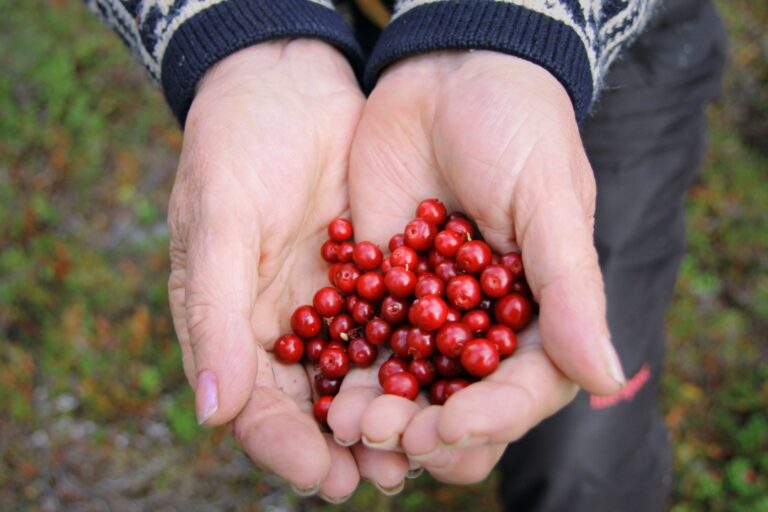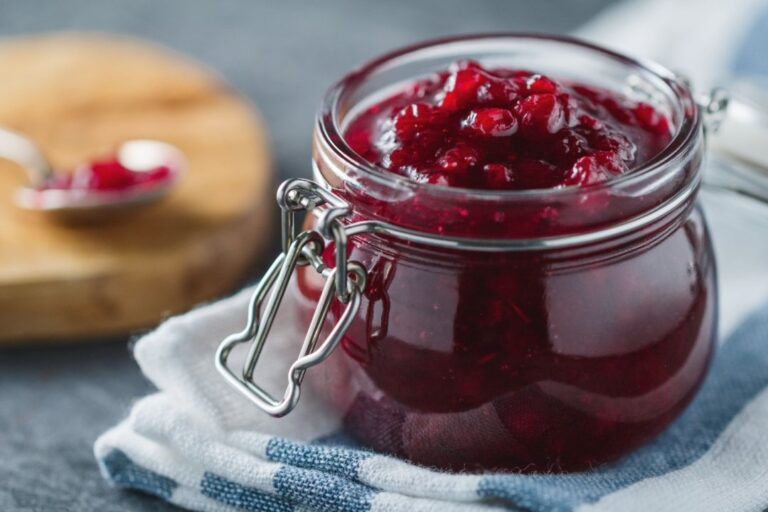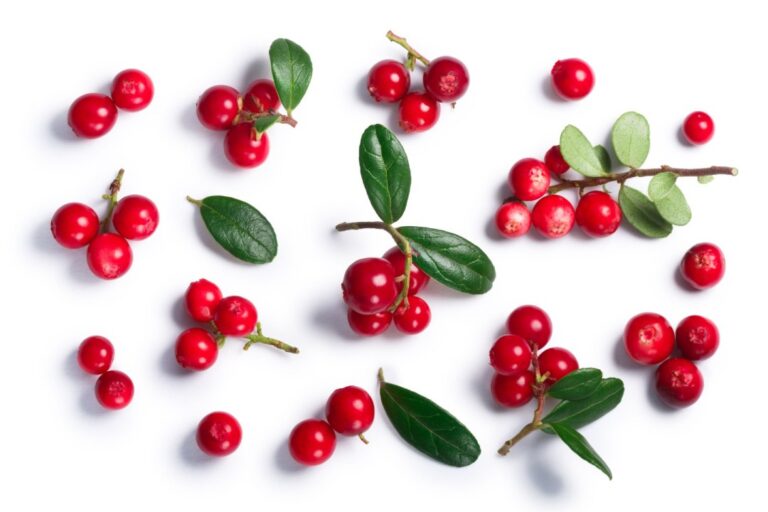Known as ‘tyttebær' in Norway, the lingonberry is famous around the world thanks to its use in IKEA. Here's the story of the berry and how it's used in Scandinavia.
An important element of Scandinavian cuisine, the lingonberry is a small, red berry known for its tart flavour and numerous health benefits. It's closely related to the cranberry and blueberry, both in appearance and nutrition.

Thriving in the wild, cold climates of Northern Europe, these berries are integral to the region's food culture and have been harvested for centuries.
How are Lingonberries Used in Scandinavia?
In Scandinavia, lingonberries (tyttebær) are celebrated for their versatility and are used in a variety of dishes. They are commonly served as a condiment, often in the form of lingonberry jam, accompanying meat dishes such as meatballs, game, and pork.
This pairing of savoury meats with the tartness of lingonberries creates a harmonious balance of flavours.
Beyond their use as a side dish, lingonberries are also incorporated into desserts, such as Norwegian trollkrem, and are used to make syrups and juices.
Their ability to grow in harsh climates also means that they are readily available and sustainably harvested, making them a cherished resource in Scandinavian countries.

Even the leaves have their use, harvested year-round to make a sweet tea after being roasted.
Are Lingonberries Healthy?
The popularity of lingonberries in Scandinavian cuisine is not only due to their unique flavour but also their nutritional benefits.
Rich in vitamins C and E, dietary fiber, and antioxidants, lingonberries have been linked to various health benefits, including anti-inflammatory properties, improved heart health, and a reduced risk of certain diseases.
Viking History of the Lingonberry
Although there is limited direct historical evidence about the specific dietary habits of the Vikings, we can make some educated guesses based on what we know about their environment and the resources available to them.
Lingonberries are known for their ability to be stored for long periods. This would have been advantageous during the long, harsh winter months in Scandinavia.
They are rich in vitamins, particularly Vitamin C, which was crucial to stave off scurvy during the long winter months.

We know that the Vikings were skilled at taking advantage of their natural resources, so it’s reasonable to assume that they would have made use of lingonberries, not just for their nutritional value but also for their flavour.
The secret that helps lingonberries last longer than other berries is their high content in benzoic acid, a natural preservative. The antimicrobial properties of this compound helps keep them fresh for long periods of time.
This makes it possible to store them for long periods, especially when simply submerged in water or honey. That's a method likely appreciated by the Vikings.
Interestingly, lingonberries grow in Newfoundland, Canada, at L'Anse aux Meadows. This is the site of a confirmed Viking settlement. Here, locals know these berries as “partridge berries”.
This geographical coincidence adds weight to the theory that Vikings might have consumed lingonberries as a part of their diet.
Where can I find lingonberries?
Whether you are in the UK or the US, your best bet to get lingonberries is to find a Scandinavian specialty shop. IKEA sells lingonberry jam.
If you are in Scotland, you might want to try picking your own. They are known as cowberries in Scotland, while they are also referred to as ‘mountain cranberries’ in some parts of the world.
Are you a fan of lingonberries? Let us know your thoughts down in the comments.


Love Lingonberry Jam! I made “Swedish” meatballs 2 weeks ago and lucked up on lingonberry jam in my grocery store. I should have photographed these happenings!
I am looking forward to planting some in my garden this year.
Hi David,
Oh yes as a child, I HAD to pick lingonberries (tyttebær) every year or should I say every fall, because it was ‘my job’, mama said.
Sience say, that these berries twice the nutrience of cranberries!
I have tried to grow them here in Oregon but alas- the don’t co-operate!
The nature isn’t wet enough!